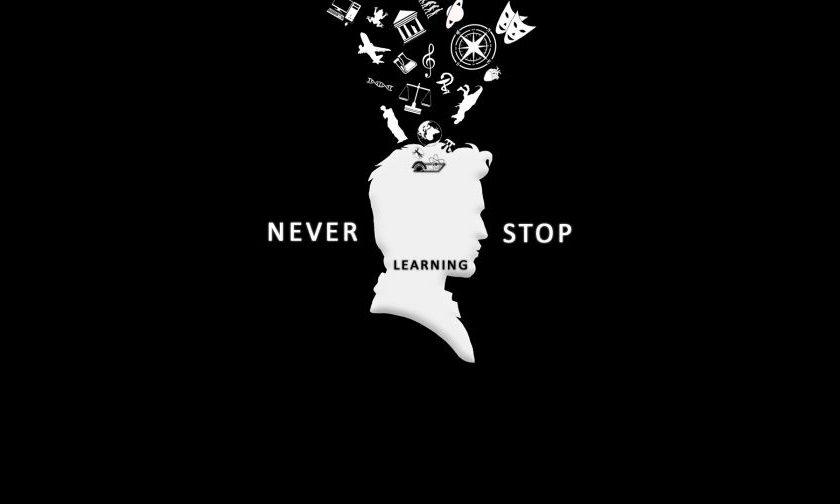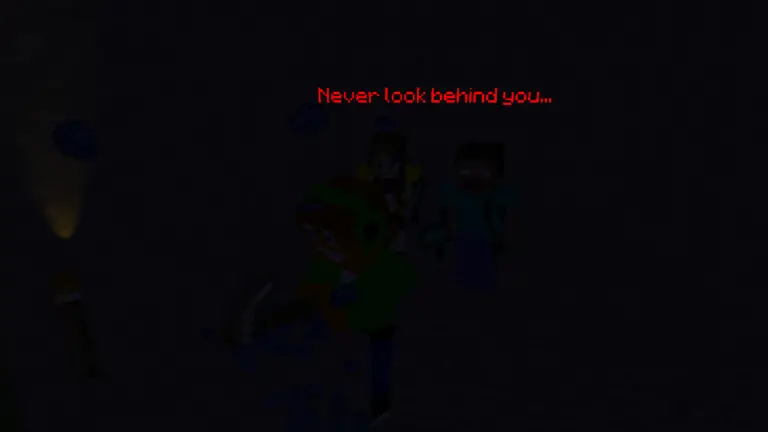Summary Of All Lucid Dreaming Techniques
All popular lucid dreaming techniques on one page. All techniques will be divided with DILD or WILD and a link to the technique in detail.

Dream Induced Lucid Dreaming (DILD) Lucid Dreaming Techniques
These are techniques that don’t require you to wake up during the night and are often described as beginner-friendly techniques. These techniques make you able to become lucid from within a dream.
-
Mnemonic Induction Lucid Dreaming (MILD)
MILD is a combined technique that works together to incubate a lucid dream. All the process of MILD is done during the day and you don’t have to do anything while you are sleeping.
I have made an article about Mnemonic Induction Lucid Dreaming (MILD), you can learn more about it here: How to do MILD the right way.
-
Reality Check (RC)
A reality check is to check if you are dreaming or that you are awake. In dreams, you perceive things differently such as more fingers on your hand, change in gravity or unable to read.
I have made an article about reality checks, and you can read it here: What is a reality check, and how do I use it?
-
Meditation
Meditation helps you relax and can improve your dream recall, increased chance to become lucid and more vivid dreams. It is often done before going to bed to have the best results.
I have written an article about meditation and alternative methods of meditation. You can read it here: Meditation and Lucid Dreaming.
-
Intention
Intention is where you set an intention to do something and telling your subconscious to listen. This is a super-powerful technique you must learn to be able to master lucid dreaming.
I have written about intention in most of my articles because it is very important to learn. You can find more about it in How to do MILD the right way.
-
Mantra’s
Mantra’s are the same as intention but are more based on keep telling your subconscious instead of believing and trusting yourself to listen.
I have also written about mantra’s in most of my articles because it is just as important as intention. You can read more about it in How to do MILD the right way.
-
All Day Awareness (ADA)
All-day awareness is where you try to perceive as much of the real world as possible. This is very hard and that is why people made it easier by focusing only on one thing during the day. Such as:
- Gravity
- Breathing
- Blinking
I have not written an article about all-day awareness yet, I briefly explained it in my reality check post: What is a reality check, and how do I use it? It is called Gravity Reality Check (GRC).
Wake Induced Lucid Dreaming (WILD) Lucid Dreaming Techniques
These are lucid dreaming techniques where you “often” have to wake up during the night to perform the technique. It often combines DILD techniques to wake you up during the night without an alarm. These techniques make you instantly lucid if executed correctly.

-
Wake Induced Lucid Dreaming (WILD)
WILD is used in many forms such as FILD, VILD, and SSILD, because they are all anchor techniques of WILD. Using WILD require you to wake up in the middle of the night to perform a technique that makes your body fall asleep and keep your mind awake, this is extremely difficult at first.
I wrote a small article about WILD and WILD vs DILD. You can read them here: How To Do WILD The Right Way and Lucid Dreaming DILD vs WILD.
-
Finger Induced Lucid Dreaming (FILD)
FILD is a popular beginner-friendly WILD anchor. This is where you combine visualization and your fingers to induce a lucid dream. For example, playing the piano and visualizing it.
I have written a detailed FILD article, and you can find more about it here: How to do FILD the right way.
-
Dream Exit Induced Lucid Dreaming (DEILD)
DEILD is the short version of WILD, where you can extend lucid dreams with or normal dreams. This works with the feeling that your body wakes up and tries to quickly fall back asleep with techniques, such as counting and visualization. It is definitely a technique you should have in your dictionary.
If you want to learn more about DEILD and how to perform it you can read it here: How to do DEILD the right way.
-
Senses Initiated Lucid Dreaming (SSILD)
SSILD is another popular anchor of WILD. With this technique, you use your senses as your anchor to induce a lucid dream. People who are good at visualizing other senses may find this technique really helpful.
If you want to learn more about SSILD and how to perform it you can read it here: How To Do SSILD The Right Way.
-
Visually Incubated Lucid Dreaming (VILD)
My personal favorite anchor is VILD. VILD is a technique where you use visualization to induce a lucid dream. It is by far the most interesting technique because you can visualize where you want to be in the dream, and with other anchors you often spawn somewhere random.
There is a fully detailed VILD guide out there on my site, you can read it here: How to do VILD the right way.
-
Wake Back To Bed (WBTB)
Beginner-friendly lucid dreaming technique, where you wake up during the night to increase the chance to become lucid with techniques such as intention, mantra’s, or by using an alarm.
I have written a fully detailed WBTB article, that goes in-depth about intention, mantra’s, and alarms. You can read it here: How to perform WBTB the right way.
Best beginner-friendly lucid dreaming techniques
- Mnemonic Induction Lucid Dreaming (MILD). Every beginner should start learning MILD first because it is beginner-friendly and results are almost guaranteed.
- Mantra’s. With mantra’s you can control what you want to dream about, and wake up during the night to increase the chance of you becoming lucid.
- Wake Back To Bed (WBTB). Using WBTB can increase your chance to become lucid and you don’t even have to become an expert to do it.
- Finger Induced Lucid Dreaming (FILD). When you want to learn a WILD anchor, you should start with FILD, which has a High success rate for beginners.
- Reality Check (RC). Reality checks are the best way to get random lucid dreams and are highly recommended for beginners because you have a backup technique for the night.
You can read more about these techniques if you scroll a bit back.
Final thoughts
Every popular lucid dreaming technique is named and has great guides attached to them. You also learned the abbreviation of the techniques.







